Home>Ideas and Tips>DIY Guide To Installing A Farmhouse Sink
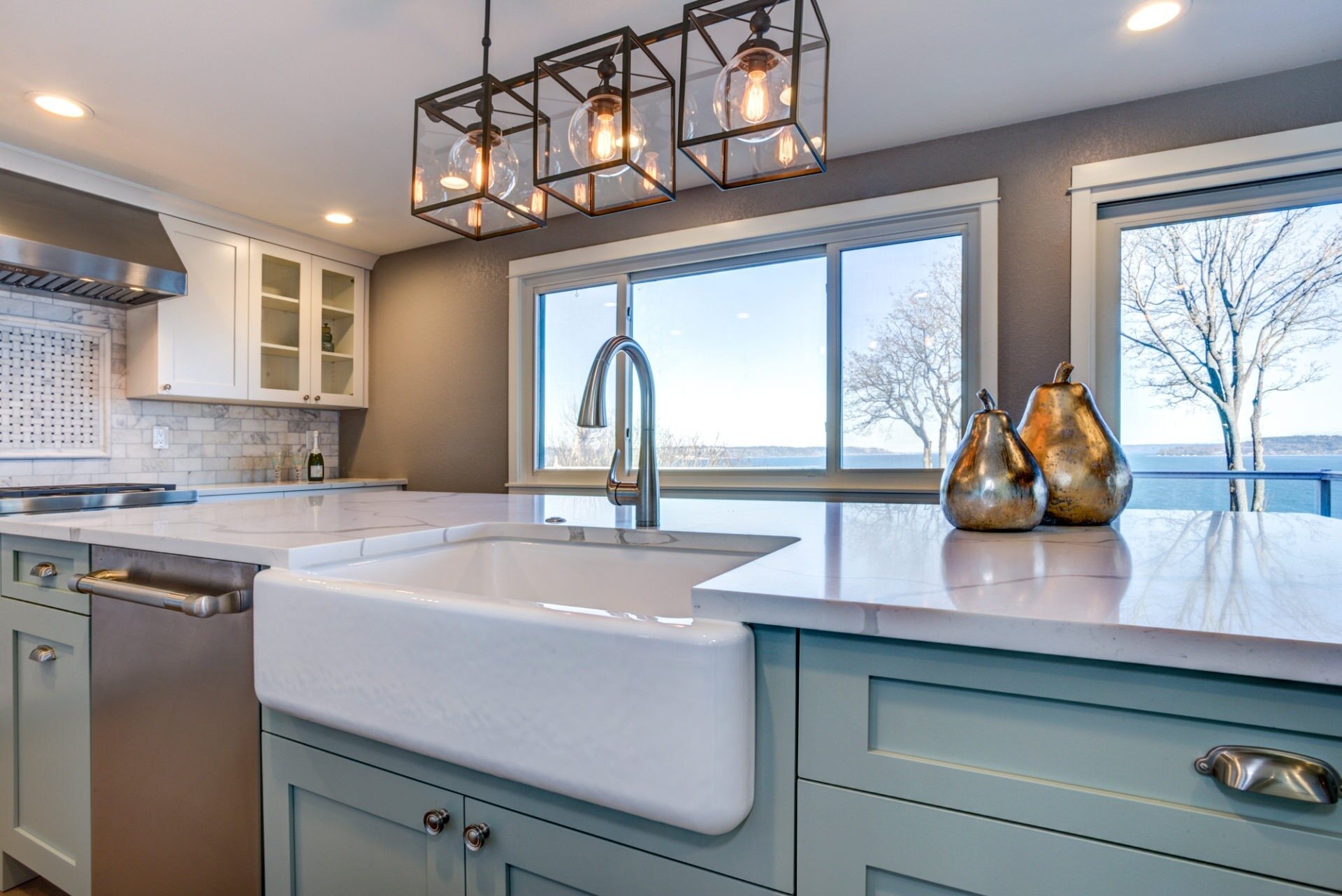

Ideas and Tips
DIY Guide To Installing A Farmhouse Sink
Modified: October 28, 2024
Learn how to install a farmhouse sink with our step-by-step DIY guide. Enhance your kitchen's elegance and functionality with expert tips and detailed instructions.
(Many of the links in this article redirect to a specific reviewed product. Your purchase of these products through affiliate links helps to generate commission for Storables.com, at no extra cost. Learn more)
Installing a farmhouse sink can be a rewarding DIY project that adds a touch of elegance and functionality to your kitchen. However, it requires careful planning, precise measurements, and some physical effort. In this comprehensive guide, we will walk you through the steps involved in installing a farmhouse sink, highlighting the necessary tools, materials, and tips to ensure a successful installation.
Choosing the Right Farmhouse Sink
Before diving into the installation process, it's crucial to select the right farmhouse sink for your kitchen. Here are some key factors to consider:
-
Type of Sink: Farmhouse sinks come in various types, including top mount, flush mount, and undermount. Top mount sinks are the easiest to install as they sit on a flange that rests on the countertop. Flush mount sinks sit even with the top of the countertop and require a solid surface or custom-made laminate top. Undermount sinks sit completely underneath the counter and need a waterproof top custom-cut for the sink and faucet.
-
Material: Farmhouse sinks are available in materials like cast iron, stainless steel, and fireclay. Cast iron sinks are durable and aesthetically pleasing but can be heavy. Stainless steel sinks are lightweight and easy to clean but may lack the rustic charm of cast iron or fireclay.
-
Size and Depth: Ensure that the sink you choose fits your cabinet space. Measure the width of your cabinet and the distance from the top of the cabinet to the bottom of the drawer opening or screw holes to ensure it is shorter than the apron. Also, consider the depth of the sink to ensure it doesn’t interfere with adjacent doors or drawers.
Preparing for Installation
Before starting the installation process, prepare your workspace and gather all necessary tools and materials:
Tools Needed:
- Utility knife
- Small bucket
- Flat pry bar
- Measuring tape
- Sawzall
- Bubble level
- Finish nailer
- Wood glue
- Dowels
- Table saw
- Ratchet bar clamps
- Drill
- Phillips head screwdriver
- Square head drill bit (if removing & replacing pocket screws)
- Pocket hole jig (optional)
- Level
Materials Needed:
- Sinkology Fireclay Farmhouse Sink (or similar)
- 2×4 lumber for support frame
- 3/4" plywood (if using a plywood top)
- Silicone caulk
- Plumbing supplies (valves, fittings, etc.)
- Faucet and accessories (soap dispenser, etc.)
Step-by-Step Installation Guide
Step 1: Disconnect Plumbing
- Turn Off Water Supply: Locate the water valves inside the base cabinet under the sink. Turn both valves clockwise to shut off the hot and cold water supply.
- Disconnect Fittings: Use a wrench to loosen and remove the fittings from the water supply lines.
- Remove Water Lines: Once the fittings are removed, you can pull out the water lines from the supply lines. These will still be attached to the sink and faucet, so just let them dangle.
Step 2: Remove Drain Lines
- Disconnect Drain Lines: Use a wrench to loosen and remove any drain lines connected to the sink.
- Catch Water: Use a small bucket or towel to catch any water inside the P-trap as you remove it.
Step 3: Remove Old Sink
- Remove Fasteners: Locate any fasteners holding the old sink in place. These are usually inside the base cabinet, underneath the sink.
- Cut Silicone: Use a utility knife to cut through the bead of silicone around the sink.
- Lift Out Sink: The sink should now be free to lift straight up and out of the countertop. If it doesn’t come out easily, use a flat pry bar to break it loose.
Step 4: Remove Countertops
- Remove Lower Cabinet Drawers and Doors: Take out all lower cabinet drawers, doors, and contents.
- Remove Screws Holding Countertops: Use a screwdriver to remove screws holding the countertops to the cabinetry.
- Cut Silicone Beads: Use a utility knife to cut through silicone beads around the countertops.
- Lift Out Countertops: Most laminate countertop removals can be handled by one or two people, but if you have tile, concrete, or stone countertops, you’ll want to get as many friends as possible to help lift them out.
Step 5: Build Support Frame
- Measure Cabinet Height: Measure inside height of cabinet minus height of sink minus ⅛” for undermount sinks.
- Cut 2x4s: Cut 2x4s according to measurements needed for support frame.
- Screw Frame into Cabinet: Screw 2x4s right into sides of base cabinet to retain usable space below sink.
- Mount Trim Board: Ensure 2×4 frame is a tight fit behind cabinets and mount trim board later.
Step 6: Cut Into Existing Cabinets
- Remove False Front Panel: Remove false front panel (fake drawer under old sink) using spring clips.
- Measure and Mark Cabinet Front: Measure and mark front of cabinet where new farmhouse sink will protrude through front, leaving a ¼” gap on either side for wiggle room.
- Cut Out Cabinet Front: Use sawzall or Dremel tool to cut out marked area carefully without damaging existing structure.
Step 7: Install Farmhouse Sink
- Place Sink Template: Use pattern provided with sink to ensure correct area marked on countertop for cutting.
- Dry Fit Sink: Perform dry fit to check alignment before cutting into countertop.
- Cut Out Countertop: Use table saw or jigsaw (if using plywood top) to cut out marked area on countertop.
- Install Sink: Place farmhouse sink into cutout area ensuring proper alignment with support frame.
Step 8: Secure Sink
- Apply Silicone Caulk: Apply bead of silicone caulk under edges of sink for added support and sealing.
- Reattach Plumbing: Reconnect plumbing lines ensuring secure connections.
Step 9: Add Additional Support (if needed)
- Assess Cabinet Strength: Check if additional reinforcement under sink is needed based on cabinet structure and countertop strength.
- Install Additional Support Frame: If necessary, build additional support frame using 2x4s for extra stability.
Tips and Considerations
Handling Heavy Sinks
Farmhouse sinks can be extremely heavy, especially cast iron ones which can weigh around 85 pounds or more when filled with water. Always use proper lifting techniques and consider enlisting help from another person when lifting into place.
Countertop Compatibility
Ensure that your countertop material can support an apron-front sink without compromising its integrity or requiring extensive modifications.
Plumbing Considerations
Disconnecting plumbing lines requires caution; make sure not to damage any fittings or pipes during removal process.
Measuring Precision
Accurate measurements are crucial; double-check all measurements before cutting into cabinets or countertops to avoid costly mistakes.
Conclusion
Installing a farmhouse sink is a rewarding DIY project that requires careful planning but can significantly enhance your kitchen's aesthetic appeal and functionality. By following these steps and considering key factors like sink type, material, size, depth, and countertop compatibility, you'll be well-equipped to tackle this project successfully. Remember always to seek professional assistance if unsure about any part of the process for safety reasons.
Additional Resources:
For detailed written instructions on installing and removing a sink, visit Lowe's website here. For more ideas on home improvement projects, check out Lowe's How-To Library or their social media channels on Facebook, Twitter, Pinterest, and Instagram.
By following this comprehensive guide, you'll be able to transform your kitchen with a beautiful farmhouse sink while enjoying the satisfaction of completing a challenging DIY project. Happy renovating
Was this page helpful?
At Storables.com, we guarantee accurate and reliable information. Our content, validated by Expert Board Contributors, is crafted following stringent Editorial Policies. We're committed to providing you with well-researched, expert-backed insights for all your informational needs.
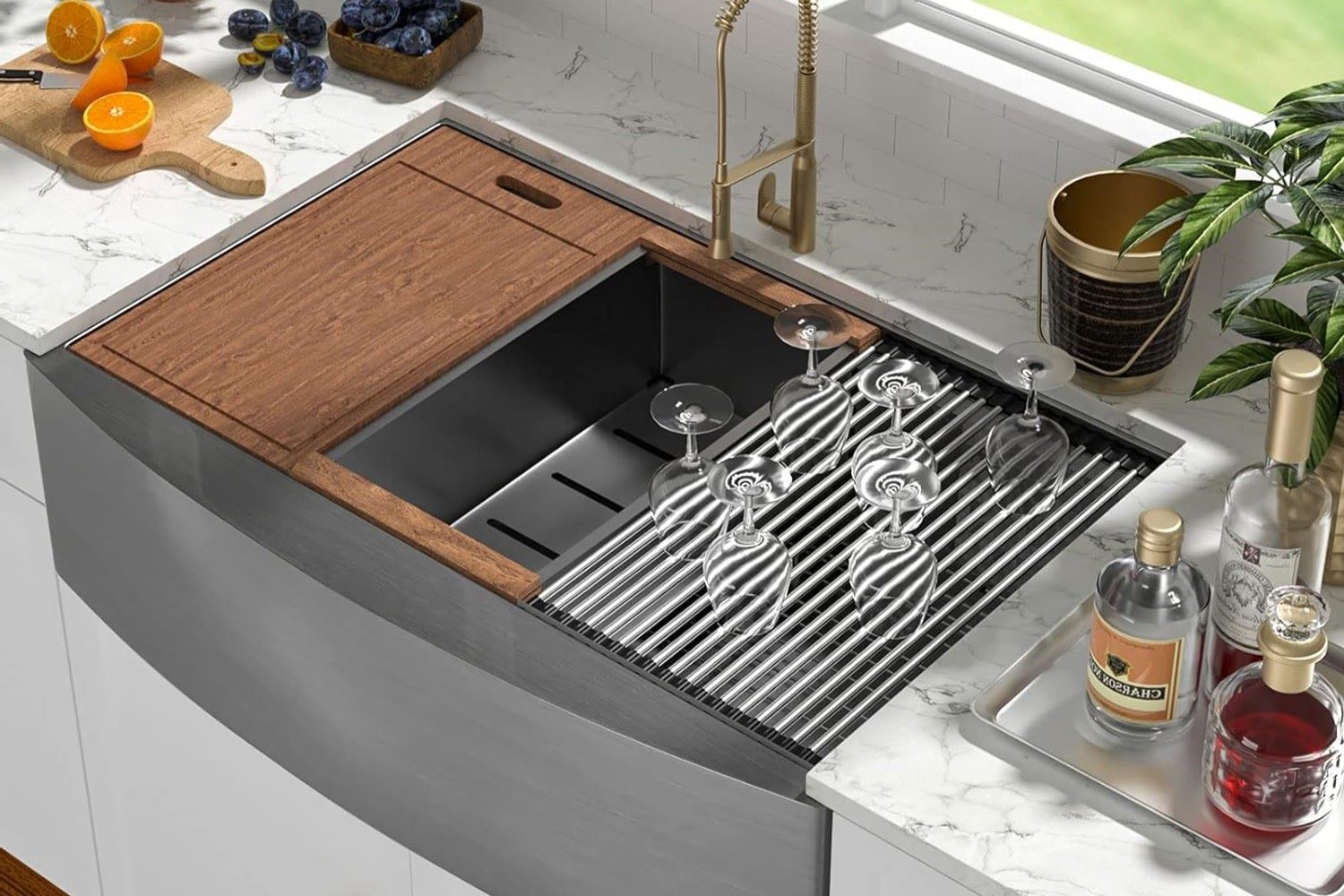
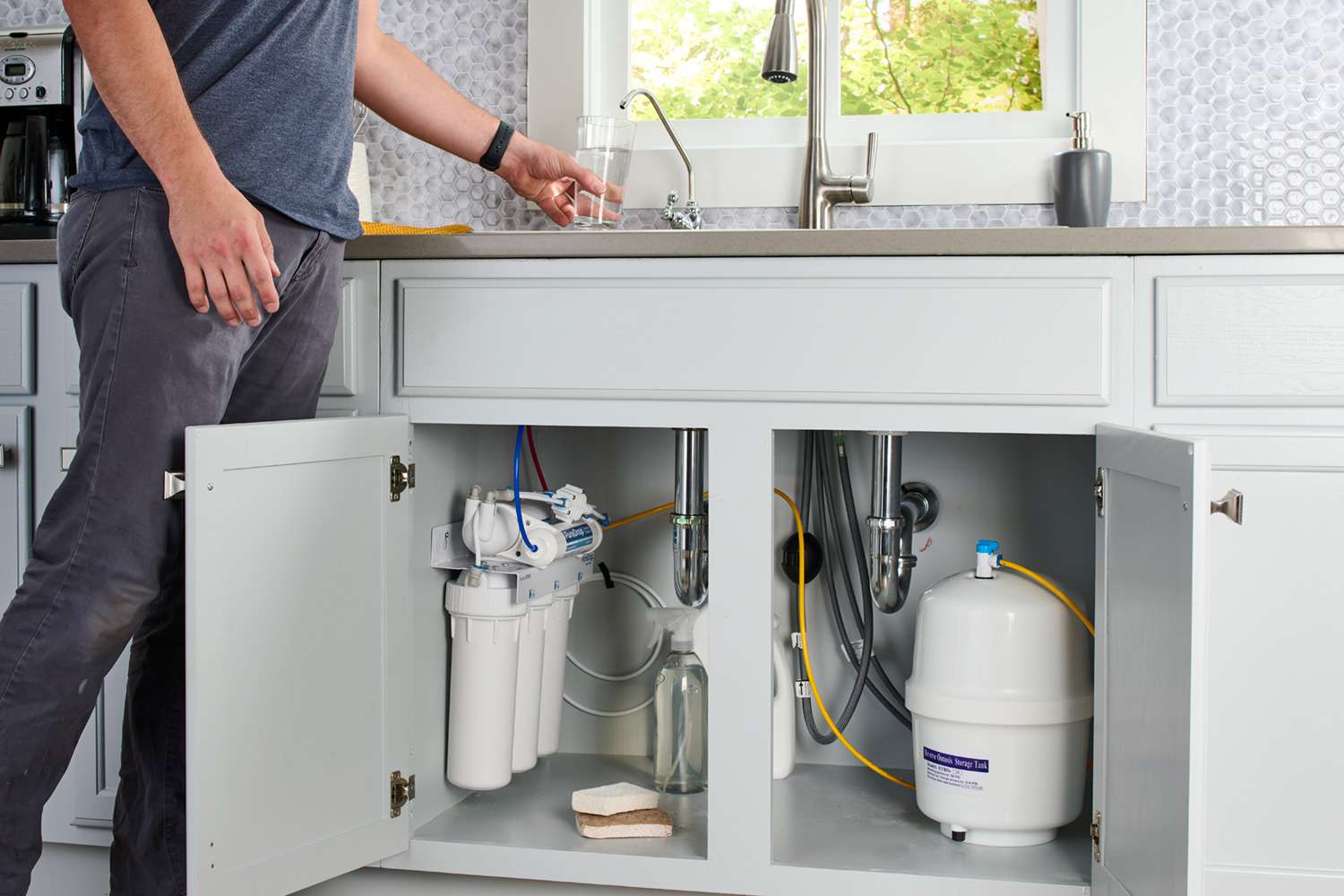
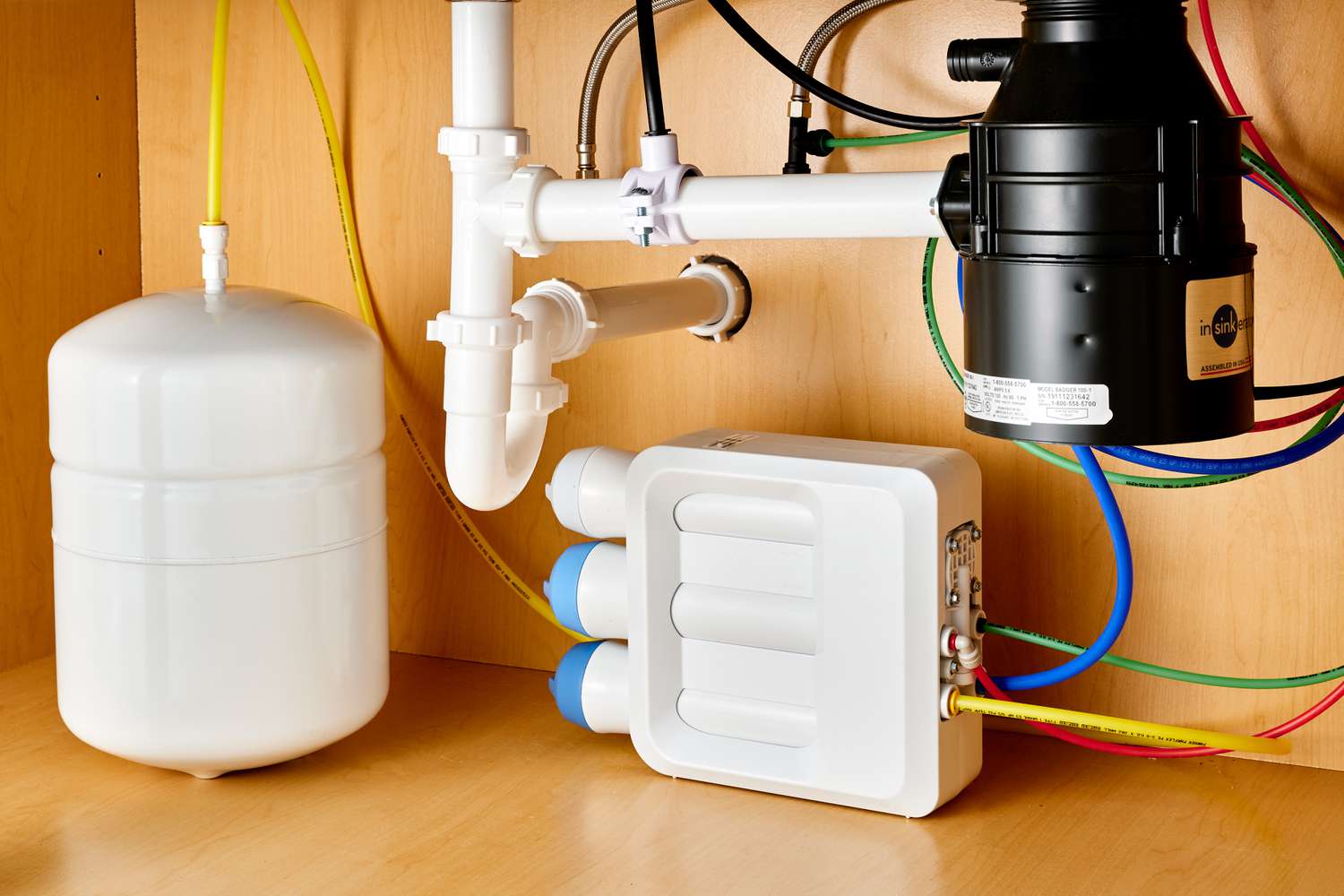
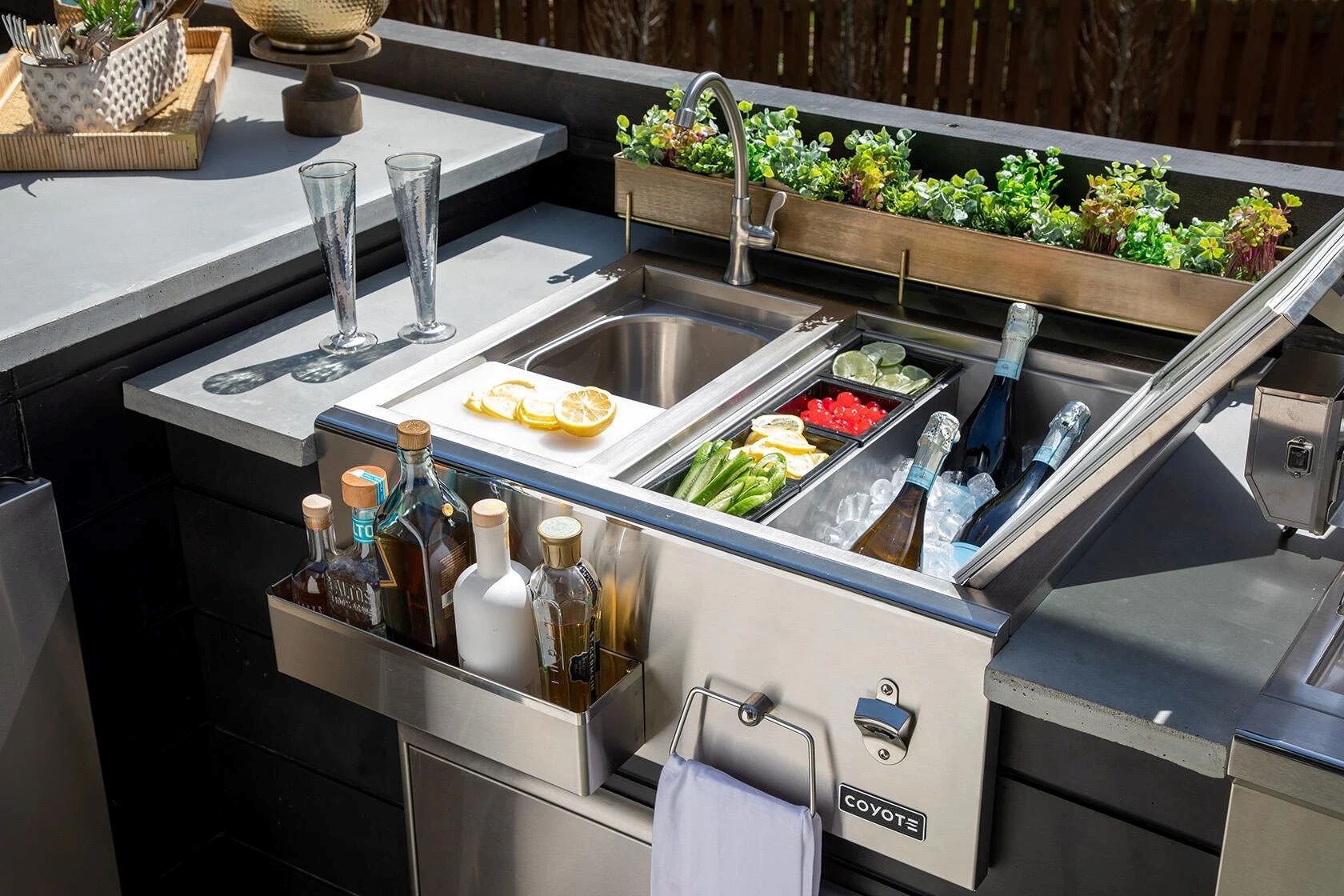

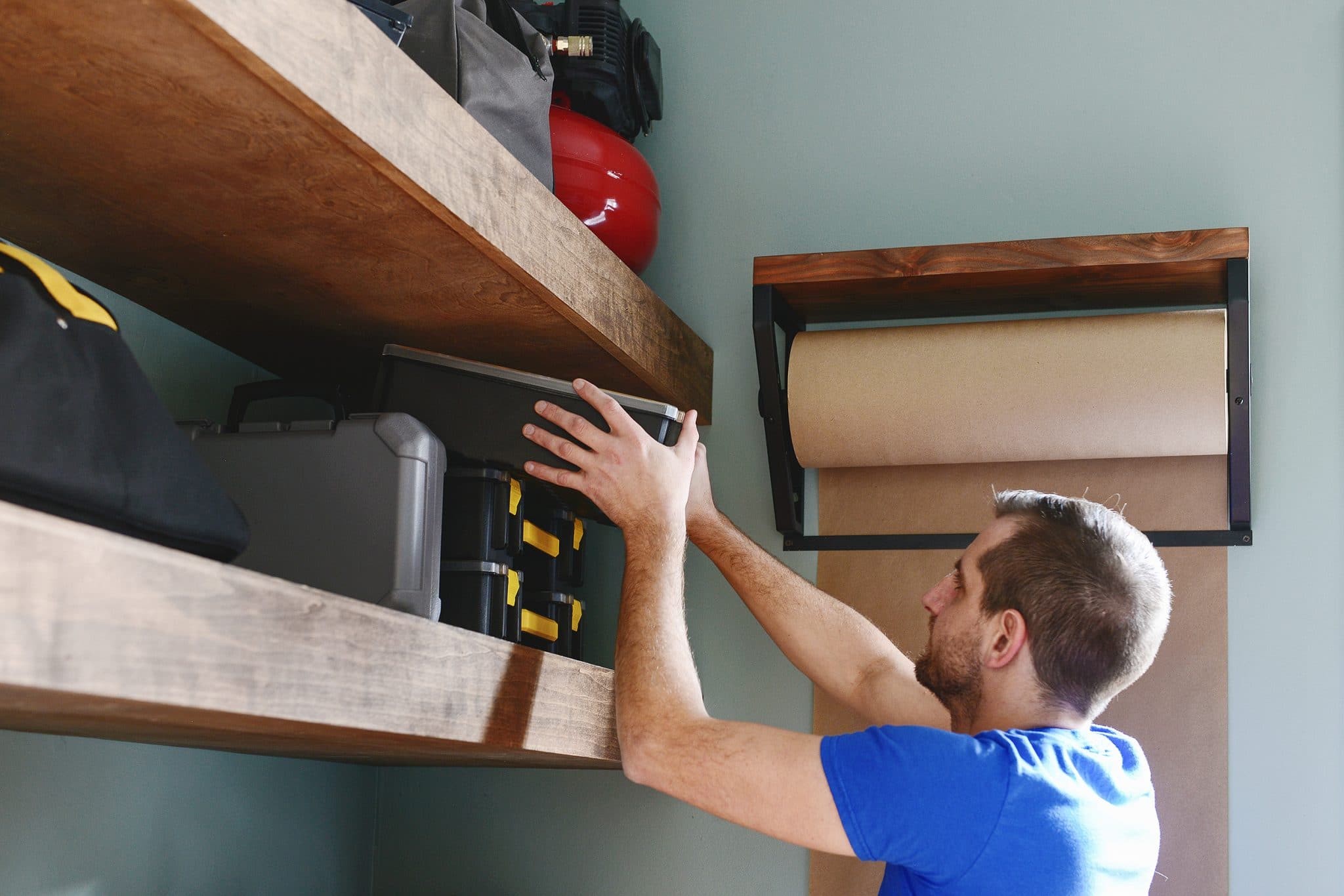






0 thoughts on “DIY Guide To Installing A Farmhouse Sink”